The Biggest Dinosaur Myths You Probably Still Believe Are True
Dinosaurs are among the most researched prehistoric animals, yet most people carry outdated ideas about them. Films, old textbooks, and childhood museum trips helped lock in images that science has since revised. Thanks to better fossil records and evolving research, palaeontologists have uncovered details that challenge everything people thought they knew.
Here are some common myths, each of which is still believed and is still very wrong.
Velociraptors Looked Like Scaly Reptiles

Credit: Wikimedia Commons
Movie velociraptors have become cultural icons, but they bear little resemblance to the real animal. The ones in Jurassic Park were oversized and bare-skinned. Real velociraptors were much smaller, about the size of a large turkey, and had feathers. They likely looked more like flightless birds than reptiles. The confusion happened partly because the film combined traits from a larger dinosaur called Deinonychus.
Dilophosaurus Spit Venom and Flared Its Neck

Credit: iStockphoto
Jurassic Park made most people imagine Dilophosaurus as a small dinosaur that spat venom and spread a frill around its neck. That image stuck because it was dramatic and memorable, not because it was accurate. What Dilophosaurus actually had were striking bony crests on its head, possibly for display.
T. Rex Could Sprint After a Jeep
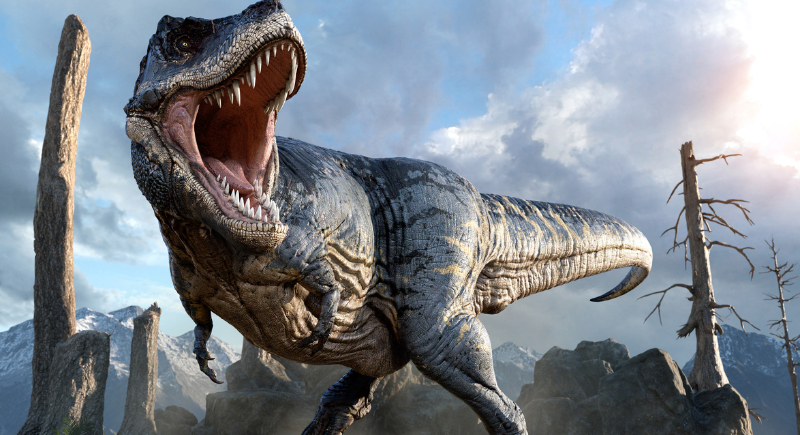
Credit: iStockphoto
Research found that T. rex was not a fast runner, which is further supported by biomechanical models that suggest it reached only about 12 miles per hour. After that, its legs risked serious damage under the strain of its massive weight. Still, many people imagine the animal as a racehorse-like sprinter, largely because of the famous Jeep chase in Jurassic Park.
T. Rex Had Useless, Pointless Arms

Credit: iStockphoto
One common joke is that T. rex had “useless” arms, but that’s not true. Anatomical information states the arms were short but incredibly strong, with large muscle attachments and limited flexibility. Some paleontologists believe they played a role in grasping prey or holding onto mates.
Birds Are Just Relatives of Dinosaurs
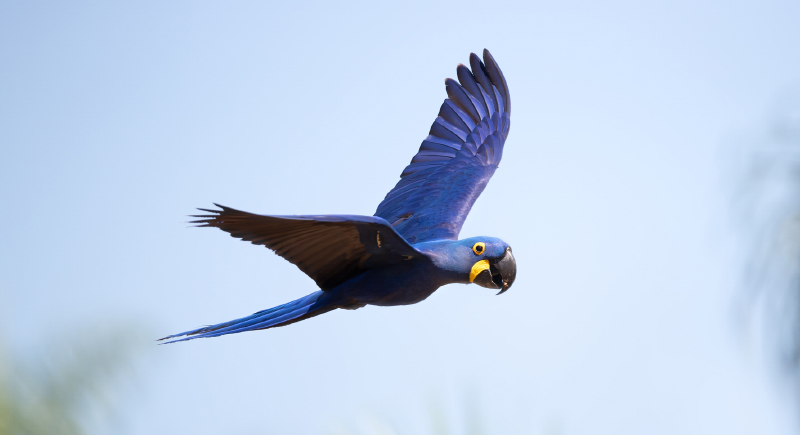
Credit: iStockphoto
Modern birds evolved directly from small, feathered theropods. That means they didn’t just come after the dinosaurs, but continued the lineage. Birds carry skeletal features, nesting behaviors, and even respiratory systems that link them to non-avian dinosaurs. This means that their survival after the mass extinction wasn’t an accident.
Dinosaurs Were Always Dull and Gray
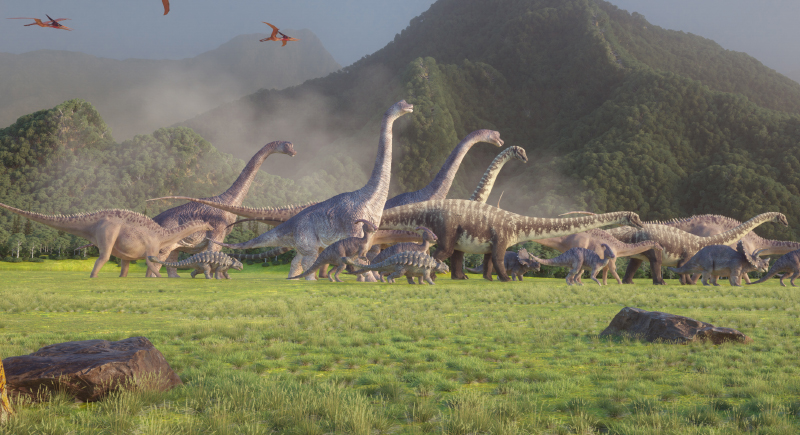
Credit: iStockphoto
Discoveries have revealed that dinosaurs carried greater color than once imagined. Microscopic structures called melanosomes, preserved in fossilized feathers, show patterns linked to pigments. By comparing their shapes to those of modern birds, scientists reconstructed colors with surprising accuracy.
Dinosaurs Were Cold-Blooded Like Lizards
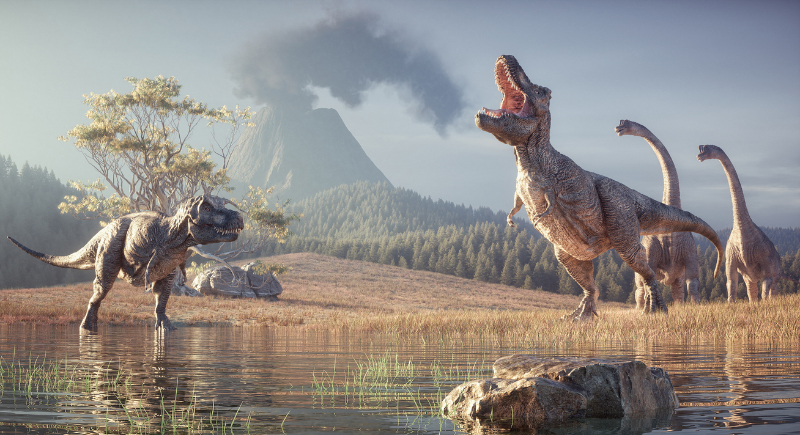
Credit: iStockphoto
In the early days of paleontology, scientists assumed dinosaurs were cold-blooded because they resembled reptiles. However, studies of old bones show rapid growth patterns, which don’t align with modern reptiles. Many species likely had an elevated metabolism, somewhere between reptiles and mammals. The presence of feathers also supports this idea.
T. Rex Stood Upright Like a Kangaroo
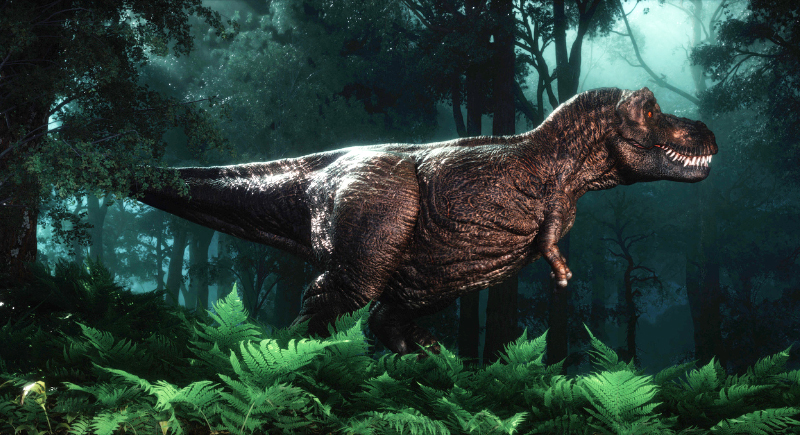
Credit: iStockphoto
What most people don’t realize is that T. rex carried its body in a horizontal position, not upright. Its tail stretched behind as a counterweight and balanced the enormous skull at the front. This posture improved stability, supported efficient movement, and allowed for effective hunting.
Brontosaurus Was a Mistake That Never Existed

Credit: iStockphoto
There was a time when Brontosaurus ruled children’s books and museum halls, until scientists decided it was actually Apatosaurus with the wrong head. For decades, museums quietly changed the labels. Then, in 2015, experts revisited the fossils and found enough physical differences to restore Brontosaurus as a separate genus.
T. Rex and Stegosaurus Fought Each Other
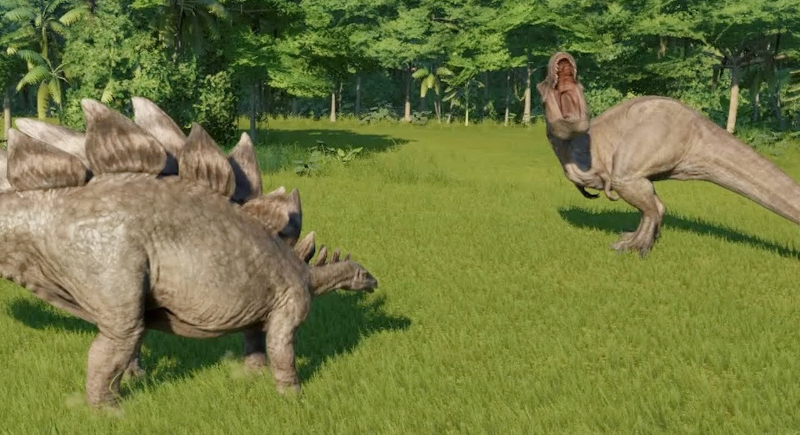
Credit: iStockphoto
Many dinosaur toys and illustrations show T. rex battling Stegosaurus, but that never happened. Stegosaurus lived during the Late Jurassic period, around 150 million years ago, while T. rex didn’t exist until about 67 million years ago. The two species missed each other by more than 80 million years.
Flying Reptiles Were Dinosaurs Too
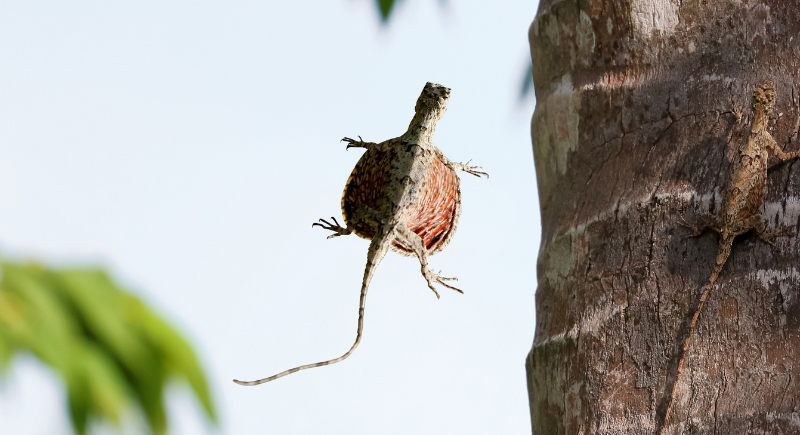
Credit: iStockphoto
Pterosaurs belonged to a separate group of reptiles that evolved powered flight with wings made of skin stretched across a single elongated finger. They appeared during the same era as dinosaurs and disappeared at the same time, but their evolutionary path was distinct. However, you will often find them being classified as dinosaurs because they lived alongside them.
All Giant Reptiles Were Dinosaurs
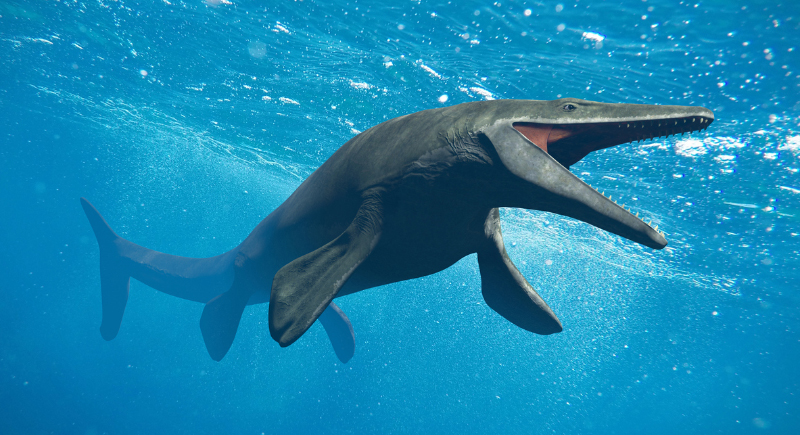
Credit: iStockphoto
It’s common to lump animals like ichthyosaurs, plesiosaurs, and mosasaurs into the dinosaur category, but they don’t belong there. Dinosaurs lived on land and had distinct hip structures that allowed upright walking. Marine reptiles evolved separately and adapted to ocean life through entirely different body plans.
Dinosaurs Went Extinct Because They Were Failures

Credit: iStockphoto
Some still claim that dinosaurs went extinct because they couldn’t adapt, but the record doesn’t support that. Dinosaurs thrived for over 150 million years. They evolved into hundreds of species and filled nearly every ecological niche on land. The mass extinction caused by a massive asteroid strike created global conditions that no animal could prepare for.
Stegosaurus Had a Second Brain in Its Hips

Credit: iStockphoto
The idea of Stegosaurus having a second brain began in the late 19th century, when paleontologists noticed an enlarged cavity in its spinal canal near the hips. Early experts interpreted this space as an additional brain used to control the dinosaur’s massive body. Modern research shows that the creature functioned with one brain.
T. Rex Only Scavenged Dead Animals
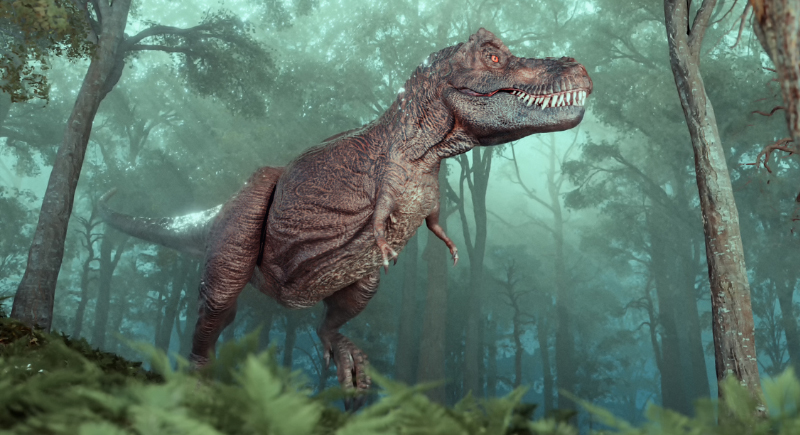
Credit: iStockphoto
According to evidence, T. rex was both a hunter and a scavenger. Its massive skull delivered a bone-crushing bite, while forward-facing eyes provided depth perception for stalking prey. Like modern carnivores, T. rex also fed on carcasses when the chance arose, and combined hunting with opportunistic feeding as part of its survival strategy.